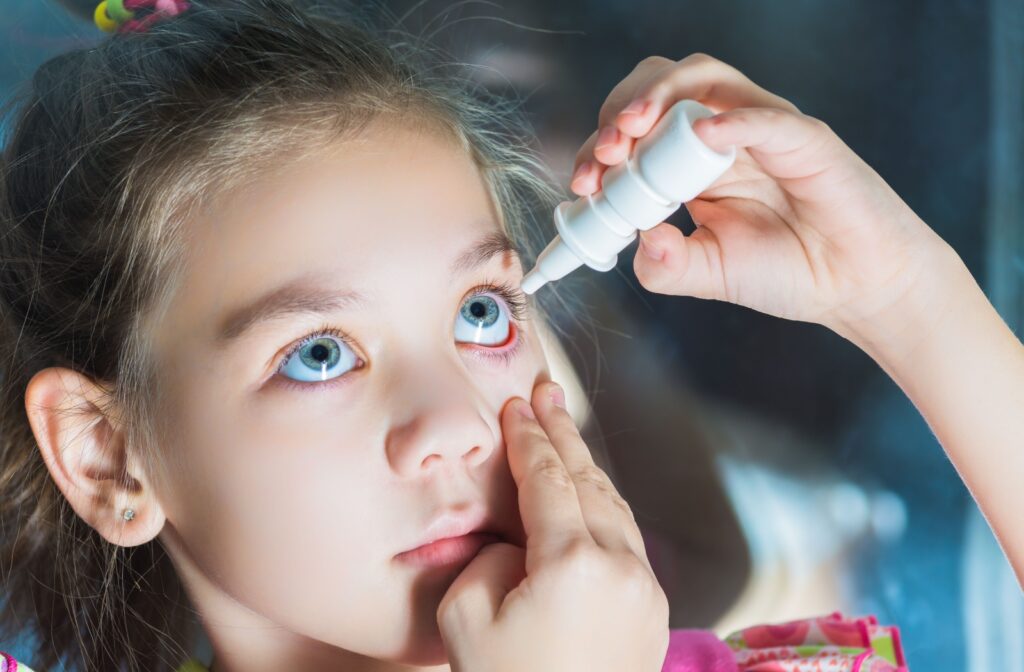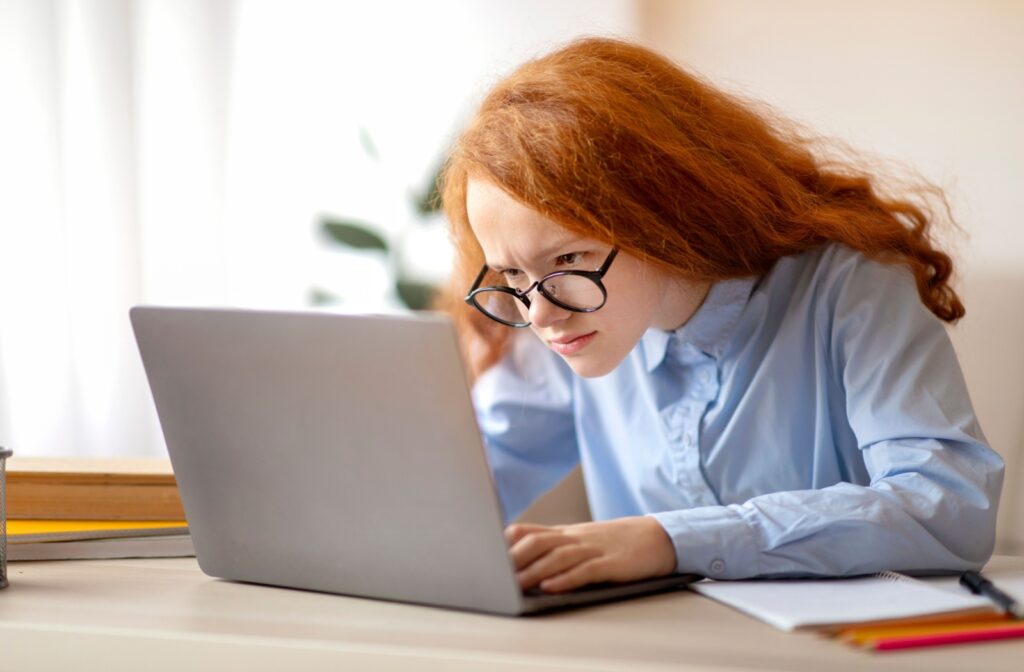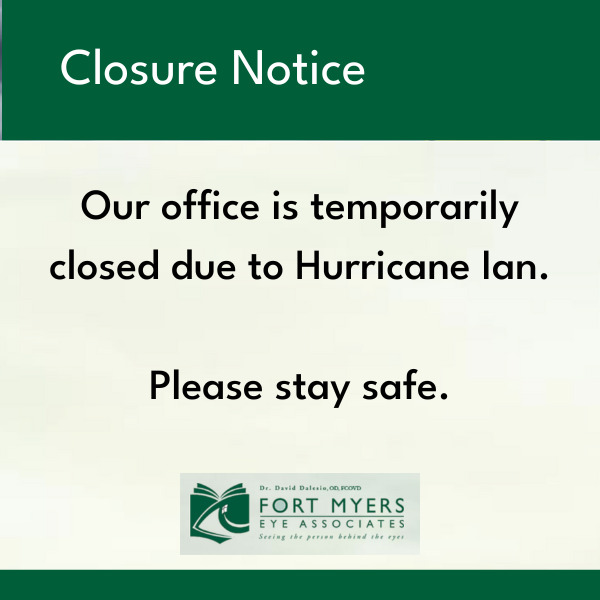Myopia can seem insignificant, but it can impact your child’s vision now and in the future. If your child has myopia, you may wonder how to help them manage this condition.
There are many ways to manage myopia, though eye exercises are not one of them. These exercises cannot help slow myopia progression or improve vision, but they can help relieve eye strain, which is a common symptom of this refractive error.
Myopia can progress with time, making knowing how to treat this condition important.
What Is Myopia?
Myopia, commonly known as nearsightedness, occurs when the eye has difficulty seeing distant objects clearly. This condition occurs due to the shape of the eye, which causes light to focus in front of the retina instead of directly on it. This causes blurry vision when looking at objects that are far away.
Myopia symptoms include:
- Eye strain
- The need to squint to see
- Headaches
What Causes Myopia?
The exact cause of myopia is not completely understood, but it often runs in families and is believed to be related to genetic and environmental factors.
Spending too much time staring at digital screens or reading for long periods without taking breaks is also believed to contribute to the development of myopia. Approximately 40% of Americans have myopia.
Myopia Progression & Its Risks
Myopia progression is the worsening of nearsightedness over time. The rate of progression varies from patient to patient, but it commonly occurs as children grow. It’s important to regularly visit your eye doctor to monitor myopia progression and take measures to slow it down.
If myopia progresses enough, it’s known as high myopia—which can increase your child’s risk of several eye diseases, including:
Eye Exercises for Myopia
If you’re looking for a way to reduce the impact of myopia on your vision, eye exercises are worth considering. They cannot cure myopia or improve your vision, but these exercises can help relieve eye strain that can occur due to myopia.
These eye exercises include:
- Focus change: Hold one finger away from your eye, focusing on it. Move the finger backwards and focus on an object further away. Move the finger forward and focus on a further away object. Repeat this movement 3 times.
- Figure 8s: Look at an area on the floor at least 8 feet away and move your eyes in the shape of a figure 8. Continue tracing this shape for 30 seconds before switching directions.
- Eye movements: Close your eyes and move them up and then down. Repeat this movement 3 times before slowly moving your eyes left and right for 3 repetitions.
Eye exercises can also improve the eye’s focus and flexibility, helping to reduce eye fatigue and eye strain associated with myopia. While it’s important to keep in mind that eye exercises aren’t a substitute form of proper medical care, incorporating them into your child’s routine may help support better vision over the long term.
Myopia Control Treatments
Treating myopia involves more than correcting vision. Single-vision lenses cannot help slow myopia. When treating myopia, your optometrist will recommend treatments to help improve your child’s vision and control myopic progression.
Orthokeratology, myopia management contacts, low-dose atropine eye drops, and time outside can help with myopia.
Orthokeratology
One treatment option that has gained popularity in recent years is orthokeratology (ortho-k). This treatment involves wearing special contact lenses at night that gently reshape the cornea, providing clearer vision during the day without needing corrective lenses. Your child must continue to wear these lenses when they sleep for continuous results.
Ortho-k can help correct and control myopia, improving your child’s vision while slowing myopic progression. A 2018 study discovered that this treatment can help reduce myopia progression by 36–56% in children.
While these lenses can benefit your child’s eye health, your optometrist can determine if they’re right for their vision needs.
Soft Myopia Management Contact Lenses
Soft myopia management contact lenses, like MiSight, can help control myopia progression in children.
MiSight lenses have unique designs. The lens looks like a bullseye, with the center correcting vision and the alternating rings surrounding it assisting with vision and myopic progression. These contacts can help slow myopia progression by an average of 59%.

Low-Dose Atropine Eye Drops
Low-dose atropine eye drops may be what your child needs to address myopia progression, especially if they cannot handle contact lenses yet. The drops work by relaxing the eye muscles, improving focus on objects in the distance, and reducing eye growth.
While atropine eye drops can control myopia progression, they can’t correct vision. Your child may still need to wear corrective lenses to see clearly.
Time Outside
For those with myopia, spending time outside can help control the condition’s progression. Exposure to natural light and changes in scenery can lower the risk of myopia development in children.
Encourage your child to spend enough time outside, but make sure they protect their eyes with UV-blocking sunglasses.
Protect Your Child’s Vision & Eye Health
Myopia progression can significantly affect your child’s vision, but your eye doctor can help. They can recommend treatments to slow myopic progression and correct vision. During a comprehensive eye exam, they can determine the best treatments for your child’s needs.
Contact us at Fort Myers Eye Associates if your child experiences myopia symptoms.





